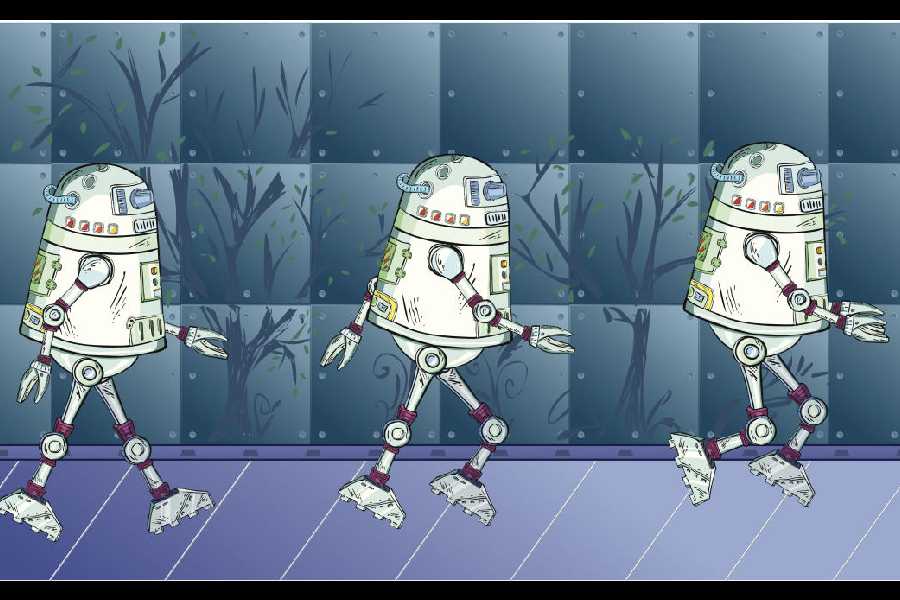The AI frenzy has taken over, and even though Elon Musk’s future-forward Tesla Diner has notched up comme ci, comme ca reception, sci-fi imagery of a robot takeover lives among us. What a clanker! The C-word has become the slur of the AI age.
Just look around you — AI is everywhere: On your phone, in the office, in the car, on streaming services, in the kitchen, and even in electric toothbrushes. Generative AI and large language models (LLM) are being used in every profession — from films to media, medical advice to music production.
The popularity of AI and robots is so high that the world needed a slur to express our deepest feelings. The word has found a special place, especially among teenagers, who are having to deal with uncertainty as AI is taking over entry-level jobs before going for the kill at the next level.
The word was first used in the 2005 Star Wars first-person shooter game Republic Commando but it became popular only with the animated series Star Wars: The Clone Wars, when a Jedi has to fight a bunch of battle droids: “OK, clankers. Eat lasers” and “that’s a lot of clankers”.
KnowYourMeme.com, a repository of memes and their origins, says “clanker is a slang term and a robophobic slur for droids and robots, originating from the Star Wars franchise”. It states that in July, the term went viral on TikTok through a series of memes in which AI-powered robots and machines, including food delivery robots, are referred to as clankers to convey disdain for them.
With the rise of AI and large language models, we are oversharing — including secrets — with chatbots. Imagine a scenario where, 10 years down the road, a son or daughter brings home a robot with an AI mind. Surely, we are exaggerating. But hey, clanker! It’s part of our growing culture of “robophobia”.
One of the earliest known memes to use the term was posted to the ModDB clan Alliance to Restore Canon by user Commissar_Delta on June 11, 2013, that compares “old” clones to new clones seen in The Clone Wars TV series, mentions KnowYourMeme.com.
If you think robots are not among us in India, it’s just a matter of time. In the US, there has been a steady expansion of Waymo’s driverless cars. In China and the US, food delivery bots are becoming a common sight. And cybersecurity companies are warning everyone about the increasing number of bots on the web, to the point of being one in five social media accounts.
A 2024 global report by Gartner research group found that 64 per cent of customers would prefer that companies didn’t use AI for customer service. Further, 53 per cent of customers would consider switching to a competitor if they found out a company was going to use AI for customer service.
US senators Ruben Gallego and Jim Justice introduced a bipartisan bill last month to ensure that people can speak to a human being when contacting US call centres.
And it’s not just clankers that’s become popular: In the TV show Battlestar Galactica, characters refer to robots as “toasters” and “chrome jobs”.











